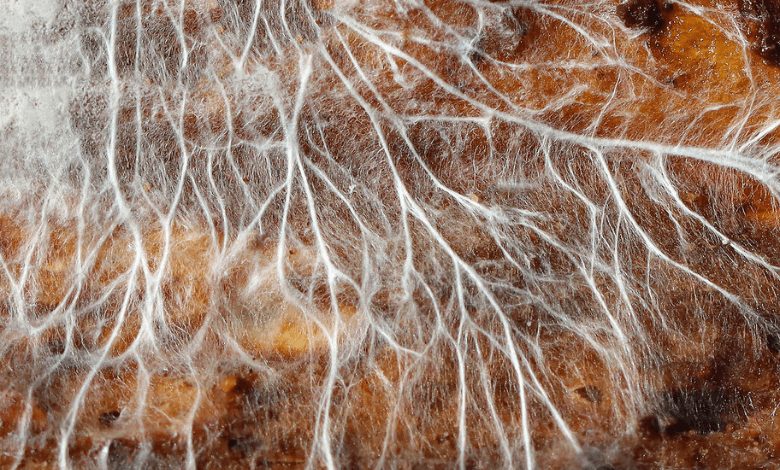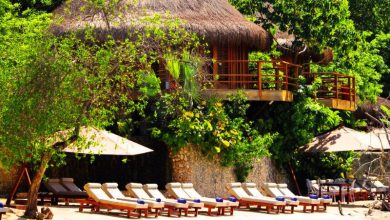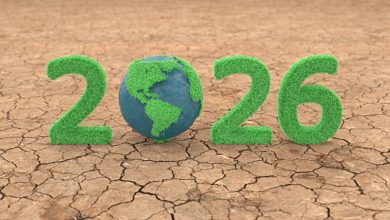Did You Know? This Dirt Can Help Against Climate Change

A gray minivan embarks on a remarkable odyssey through the Kazakh steppe, a seemingly boundless realm of grassy plains, long-forgotten farms, and meadows bursting with wildflowers.
Amidst this arid expanse lies a hidden world, where a few inches of soil conceal one of Earth’s most diverse fungi ecosystems.
Beneath the surface, an intricate tapestry unfolds – a subterranean web of thin, interwoven structures known as “mycelium.” These clandestine fungal threads, when they unite, give birth to labyrinthine systems known as “mycorrhizal networks.”
Beneath the Earth
The Kazakh steppe, stretching from the Caspian Sea’s northern shores to the majestic Altai Mountains, stands as one of the world’s largest dry steppes.
Here, the promise of hosting an extraordinary array of mycorrhizal fungi beckons. However, as desertification advances, the survival of many of these fungi hangs in the balance.
Leading the mapping expedition is Justin Stewart, an evolutionary ecologist who emphasizes the urgency of their mission, saying, “There’s a time limit, 100 percent. If we collect a sample when it’s already a desert, then we’ve already lost all that diversity.”
This Kazakhstan mission represents a pivotal chapter in a global venture spearheaded by the Society for the Protection of Underground Networks (SPUN), a scientific research organization dedicated to unraveling the secrets of subterranean fungi.
The mission’s overarching goal is to collect soil samples from 10,000 biodiversity hotspots worldwide, crafting a comprehensive global tapestry of fungi species and their habitats.
As scientists delve into the earth’s hidden realms, they unearth more than just fungi; they reveal a broader narrative of the intricate interconnectedness of our planet.
The fate of mycorrhizal networks beneath the Kazakh steppe symbolizes the delicate equilibrium between nature’s resilience and the encroaching threat of desertification.
ALSO READ : PH Water Crisis: Kaliwa Dam Controversy Reveals Resilience
In an era where our understanding of the unseen beneath our feet takes on new significance amid environmental challenges, this quest to fathom the enigmatic realms of fungi kingdoms serves as a beacon of hope.
As we peer into the earth, we rediscover the profound importance of safeguarding the unnoticed, for within these forgotten domains, the threads of life intricately weave the narrative of our planet’s past, present, and future.



